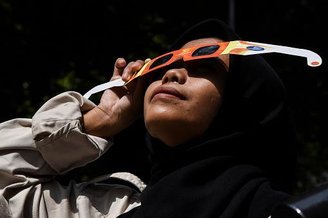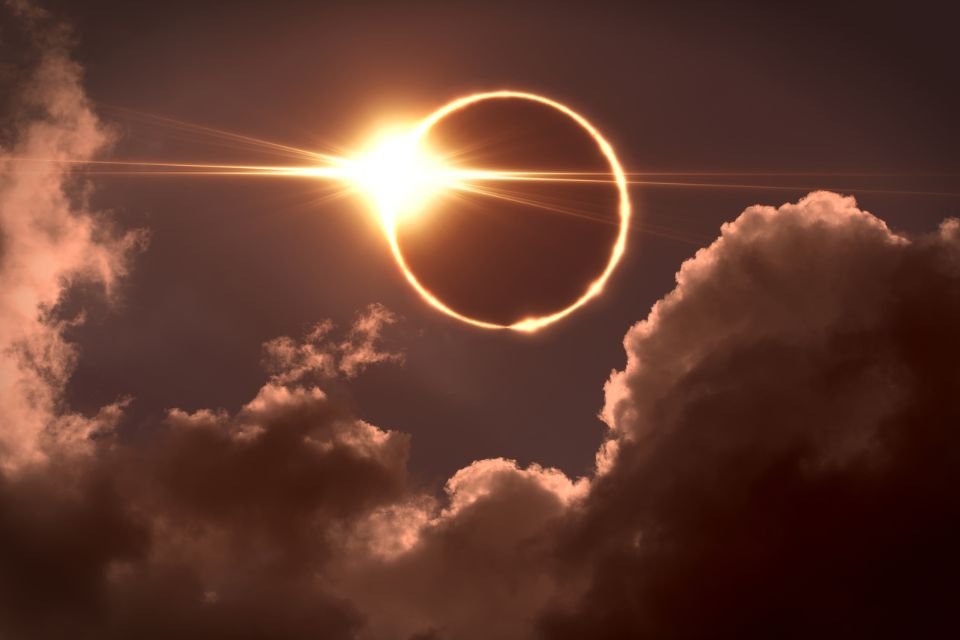An article recently published on The Conversation platform presents an important research activity that will be carried out during the total solar eclipse that will take place in North American countries on April 8. By taking advantage of the darkness provided by the Moon’s passage between the Sun and the Earth, An international team of scientists will investigate the solar corona.
The aim, according to the paper’s author, Huu Morgan, reader in physical sciences (specialist in solar physics) at Aberystwyth University in Wales, is to “shed light on a long-standing puzzle” by taking advantage of the momentary darkness produced by the Moon. “The outermost part of the Sun’s atmosphere, the corona.”
The mystery concerns: Brutal temperature difference between solar corona heated to 2 million degrees Celsiusand the Sun’s visible surface (photosphere) is 5,500 degrees Celsius. If it’s true that the temperature decreases as you move away from a heat source, then why is the solar corona so ridiculously hot? To follow!
Surfing during a solar eclipse
The biggest challenge in studying the Earth’s solar corona is that although we can observe it safely because it is so thin, it is very dangerous to look directly at the Sun’s surface.
This is because, despite the distance of 150 million kilometers, the density of the photosphere allows its temperature to radiate around 65 megawatts per square meter; This is enough to cause irreparable damage to human vision.
For this reason, Observing the solar corona during a solar eclipse is a much cheaper way than using space probes or telescopes with coronagraphs.. Therefore, the team that will conduct the experiments near Dallas, USA, will use two main scientific tools:
- Cip (coronal imaging polarimeter);
- Chils (high resolution coronal line spectrometer).
How do scientific instruments work during an eclipse?

The cip acts as a filter for corona light, which consists of waves vibrating in a single geometric plane for an “aligned” shape. allows only a certain type of polarization to pass. This will allow measuring key properties of the corona, such as its density.
The instrument will also help identify sources of solar wind currents, a stream of superheated particles in the form of plasma that are constantly ejected from the Sun, in addition to catastrophic coronal mass ejections into space.
Chils collects high resolution spectra, where the component colors of the light can reveal the spectral signature of iron emitted by the corona, to map its surface. The resulting models may explain how coronal plasma manages to reach such high temperatures.
Did you find the content interesting? Check out the Science section on TecMundo to stay informed about what’s going on in the universe. To the next one!
Source: Tec Mundo
I’m Blaine Morgan, an experienced journalist and writer with over 8 years of experience in the tech industry. My expertise lies in writing about technology news and trends, covering everything from cutting-edge gadgets to emerging software developments. I’ve written for several leading publications including Gadget Onus where I am an author.













